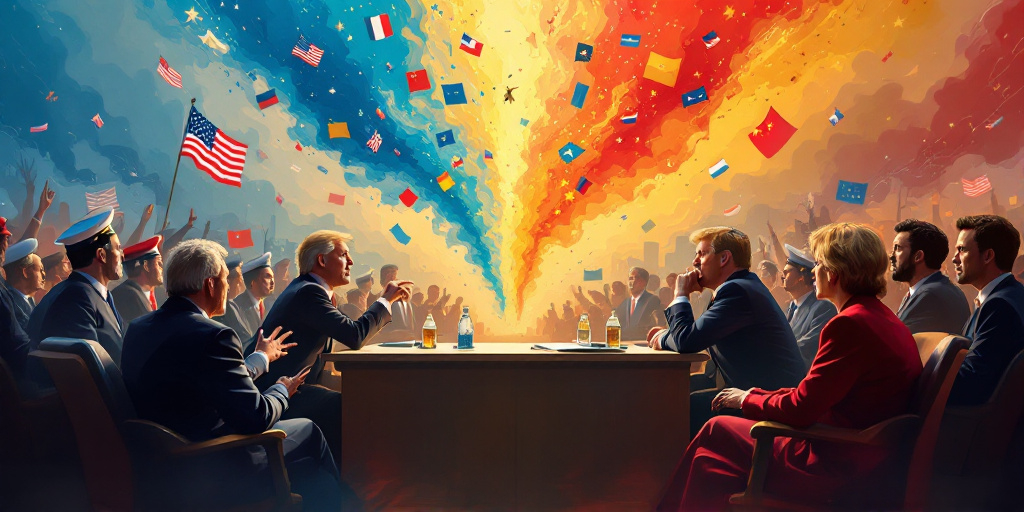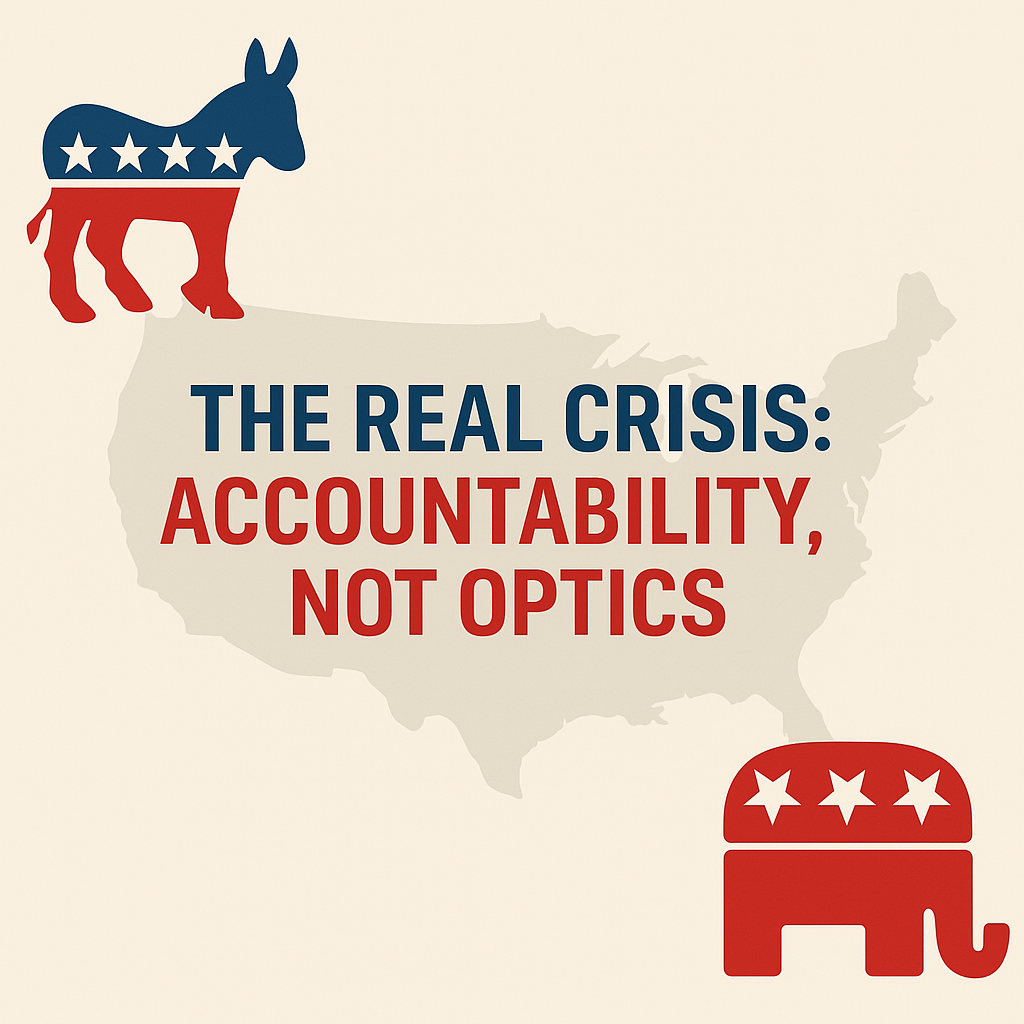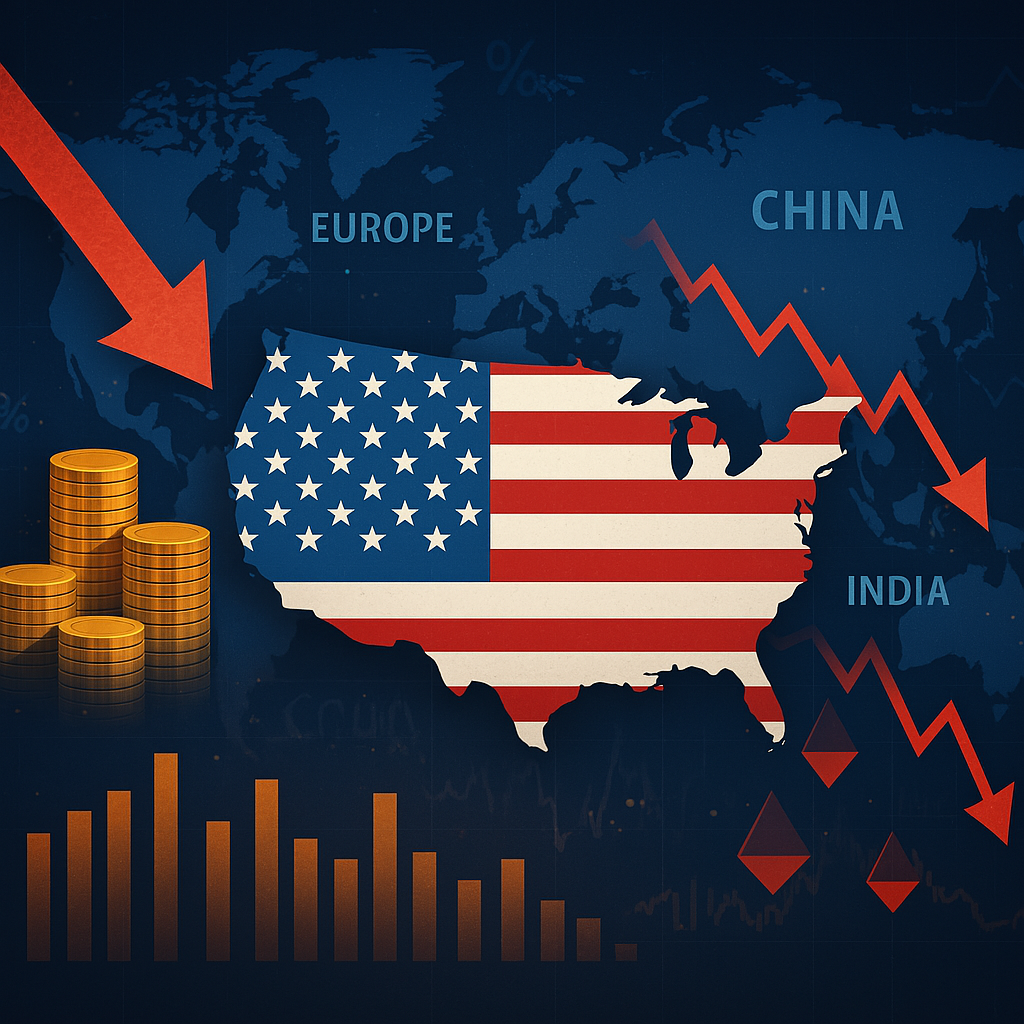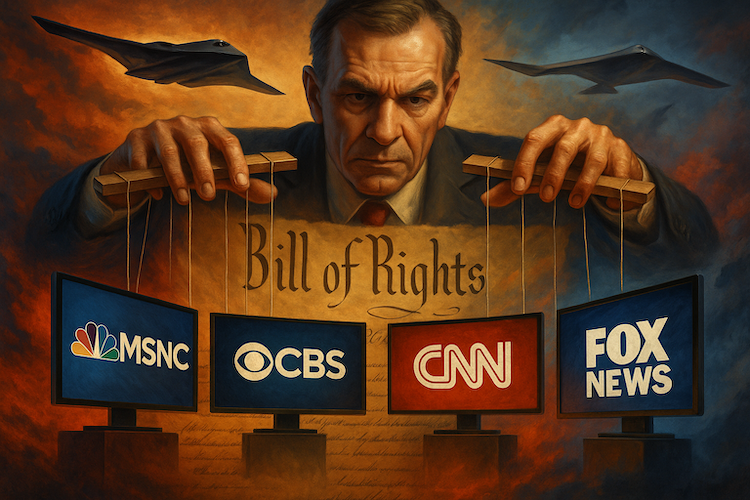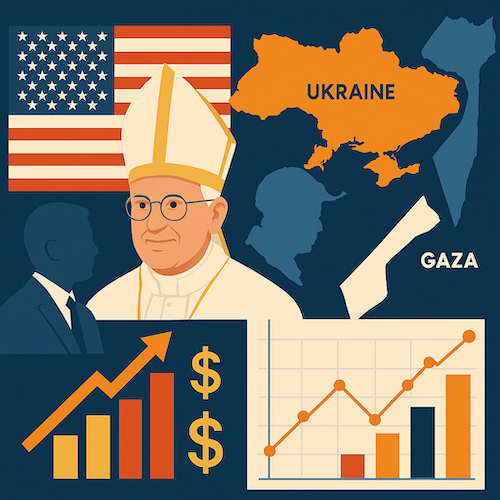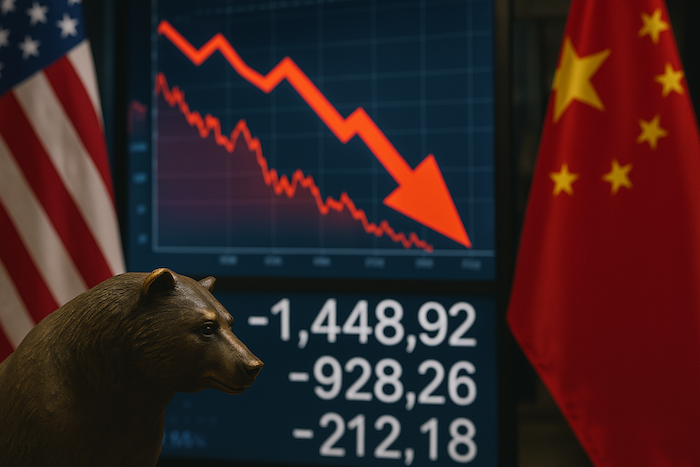🗓 Date: March 31, 2025
🖊 Author: The Centrist
The Looming Economic Flashpoint: April 2nd, 2025 🇺🇸💥
In just two days, the United States will observe what President Donald Trump and his supporters are calling “Liberation Day” — a pivotal shift in international trade policy. The initiative? Reciprocal tariffs, dollar-for-dollar, imposed on nations that tax American goods more heavily than the U.S. taxes theirs. It’s a declaration of economic independence to some, and to others, the start of a dangerous trade war.
As a centrist, I stand between two ideological behemoths drifting ever farther apart: Democrats on the left, Republicans on the right. The middle ground is where I call home. It’s where logic and pragmatism live. It’s also where compromise should occur — but rarely does anymore.
So what should we make of Liberation Day? Let’s examine this moment from three distinct perspectives: Liberal Left, Conservative Right, and Centrist Middle.
🌐 The Liberal Left: History, Harmony, and Economic Anxiety
The progressive response to these tariffs is overwhelmingly negative. Democrats and left-leaning economists argue:
- Historical Failures: Protectionism has been tried before — most notably with the Smoot-Hawley Tariff Act of 1930. It worsened the Great Depression and led to retaliatory tariffs across the globe.
- Consumer Costs: Tariffs are essentially taxes on imported goods, which raises prices for American consumers and hurts working-class families the most.
- Global Cooperation Over Isolation: Many Democrats favor multilateral trade agreements and see unilateral tariffs as damaging to global relationships.
📉 Chart: Average Tariff Rates in the U.S. vs. Global Partners (2024)
| Country | Avg Tariff on US Goods | US Tariff on Their Goods |
|---|---|---|
| China | 15% | 5% |
| European Union | 12% | 4% |
| India | 17% | 3% |
| Brazil | 20% | 5% |
(Source: WTO and USTR reports)
The left fears that this aggressive move could lead to a retaliatory spiral that destabilizes not just trade, but diplomatic relations.
🦅 The Conservative Right: Power Plays and Economic Muscle
Supporters of Trump and many Republicans are rallying behind this bold policy. They argue:
- Enough is Enough: America has been the global punching bag for too long. Our innovation and economic leadership have been met with punitive tariffs abroad.
- Reciprocity is Fair: Why should American products be taxed at 15% while we let foreign goods in at 5%?
- Negotiating Leverage: These tariffs aren’t just economic tools; they’re geopolitical pressure points to force better deals.
💡 Graphic: Trade Imbalance Snapshot (2024)
US Trade Deficit (2024): $943 billion
Top 3 Contributors:
- China: $310B
- EU: $187B
- Mexico: $128B
To the right, this isn’t about economics alone. It’s about respect, sovereignty, and fairness.
🤝 The Centrist Position: Patience, Data, and Diplomacy
Where does the centrist land? Squarely in the camp of “wait and see.”
We acknowledge:
- The current global trade system has imbalances that hurt American producers.
- But we also know that instant fixes don’t exist in economics.
- Reciprocity sounds appealing, but real-world outcomes are unpredictable.
📊 Chart: Size of Trade Partners vs. Tariff Impact
| Country | GDP (Trillions USD) | US Imports (B USD) | Tariff % Differential | Risk Level |
|---|---|---|---|---|
| China | $17.8 | $536 | 10%+ | High |
| Germany | $4.3 | $145 | 8% | Medium |
| Vietnam | $0.4 | $115 | 7% | Low |
This table highlights an important point: size matters. Not just the size of their economies, but also how much we buy from them vs. how much they depend on selling to us. Smaller economies may bend quickly to tariff pressure. Larger ones, like China and the EU, may dig in.
We must recognize that American economic dominance gives us leverage, but the interconnectedness of global markets means mutually assured damage is always a risk.
🧠 Summary: What Will Happen vs. What Could Happen
What Will Likely Happen:
- Tariffs will begin April 2nd.
- Some small countries may concede or negotiate quickly.
- Major trade partners (China, EU) will likely retaliate with counter-tariffs.
- Short-term market volatility is expected.
What Could Happen:
- A full-blown trade war, with massive supply chain disruptions.
- Consumer prices spike due to increased import costs.
- A negotiated realignment of global trade norms, favoring true reciprocity.
- An opportunity for new trade alliances built on mutual respect.
🎯 As a centrist, I urge readers to resist knee-jerk reactions. Let’s watch the data. Let’s demand transparency. Let’s hold our leaders accountable — not for slogans, but for results.
After all, the middle is not weakness. The middle is wisdom.
📬 What do you think about Liberation Day? Drop your thoughts in the comments below or tag us on social: @Centrist_Daily on X.
